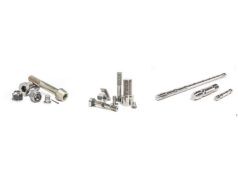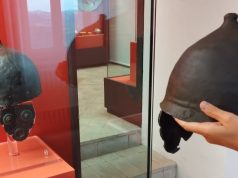The architectural firm MENSE KORTE and its partners built a small house using 3D printing technology. A special concrete was used that reduces CO2 emissions by 70 percent.
The house, which measures just 18 square meters, is located in Beckum, North Rhine-Westphalia, and is used as storage for a bicycle club. The ellipse-shaped facade was created entirely with a 3D printer and would not have been possible with conventional formwork.
According to planning office MENSE KORTE, the project illustrates the advantages of 3D printing in construction. The individual modules were manufactured by the Röser company using the 3D printing process and transported to Beckum by truck. On site, they then only had to be connected.
A special concrete from the manufacturer MC-Bauchemie was used in the printing process. Compared to normal concrete, this material can save around 70 percent CO2. This is made possible by replacing cement with granulated blast furnace slag and fly ash.
MENSE KORTE sees great potential for sustainable construction in additive manufacturing. With further innovations in printing materials, the ecological footprint can be further reduced, according to the planning office.
We have summarized the advantages and disadvantages of 3D printing houses in this article.
Subscribe to our Newsletter
3DPresso is a weekly newsletter that links to the most exciting global stories from the 3D printing and additive manufacturing industry.



























